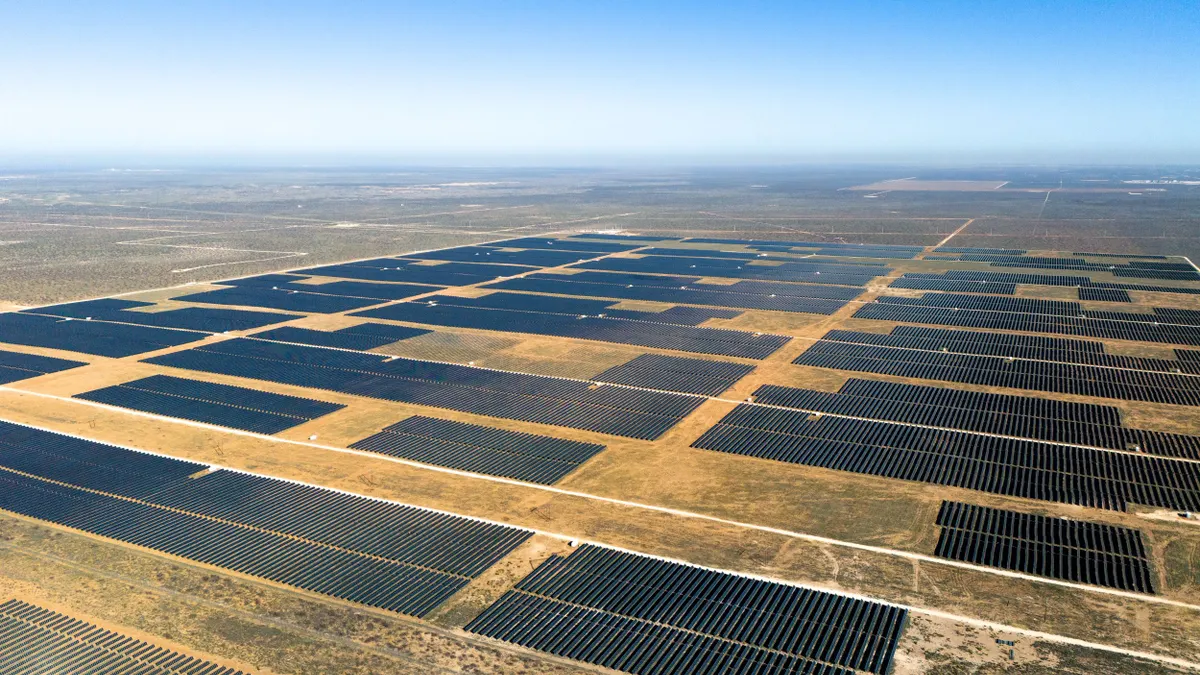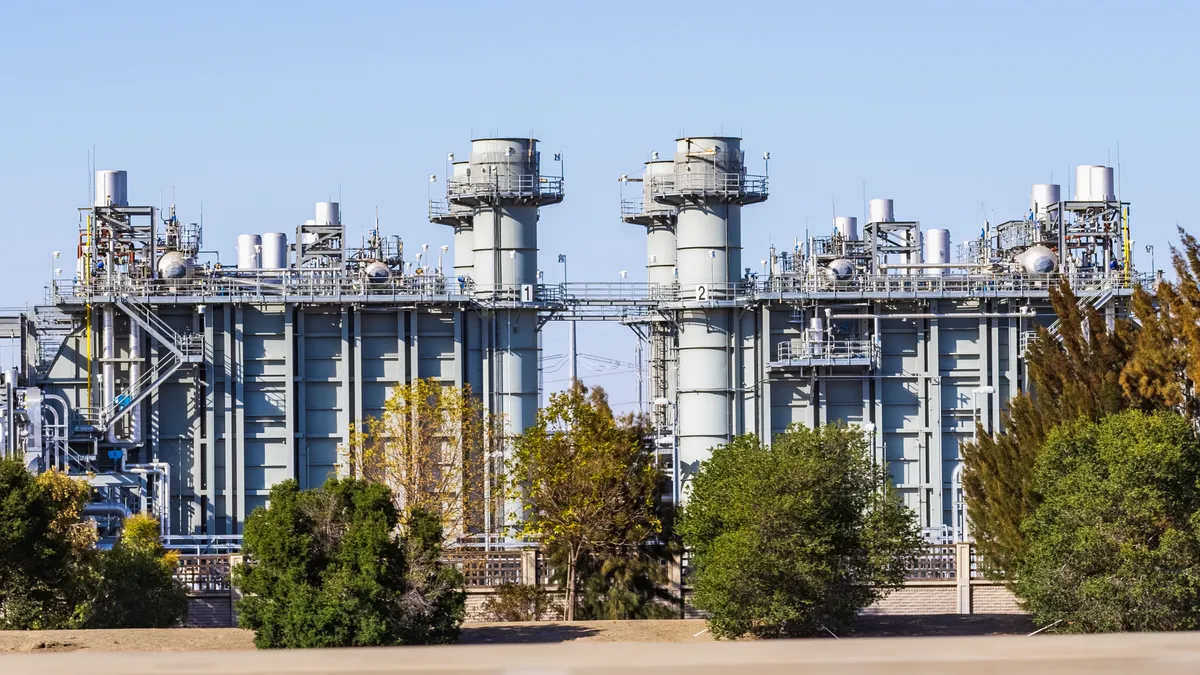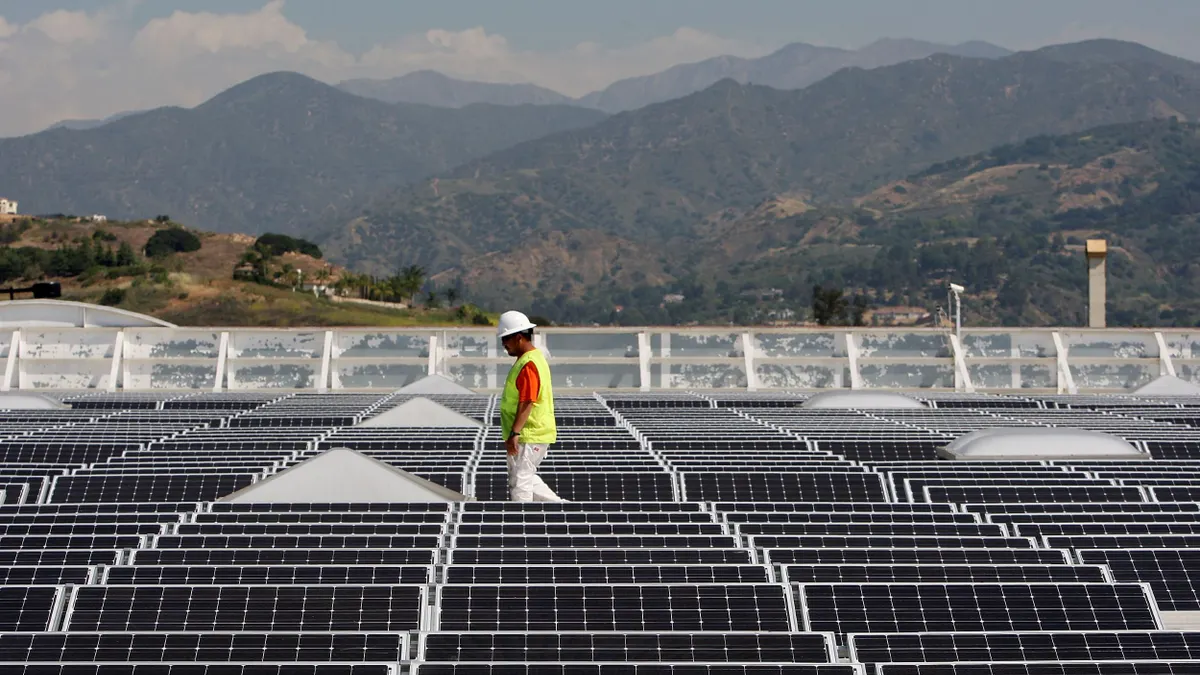There is a great deal of concern about the prospects of renewable energy under the Trump administration, but the prospects may not be as dire as some have suggested.
Financial analysts point to a complicated scenario with many moving parts that is still coming into focus, but they see benefits as well as pitfalls for renewables under the new regime.
There is good reason for concern though. President Donald Trump has promised to scrap the Environmental Protection Agency’s Clean Power Plan. And Trump’s appointments at the EPA and the Department of Energy, Scott Pruitt and Rick Perry, respectively, have raised concerns that the new administration will squeeze budgets and roll back existing environmental policies.
One of the chief concerns in the renewables community is that the Trump administration will rescind existing incentives for wind and solar power. But, according to analyst Neel Mitra at Tudor Pickering Holt, “it is doubtful the Trump administration will take any action to modify or eliminate the Investment Tax Credits (ITC) and/or Production Tax Credits (PTC).”
In fact, during his confirmation hearings Trump’s new Treasury Secretary, Steven Mnuchin, said he supported keeping the incentives on the same track they are on now.
Those credits were renewed at the end of 2015, with sunset provisions. The PTC is scheduled to be phased out, dropping to 80%, 60% and then 40% of its current value until it is phased out by year-end 2019.
The ITC will remain at its current 30% level until 2019 and steps down to 26% in 2020 and 22% in 2021. After 2021, the residential credit will drop to zero while the commercial and utility credit will drop to a permanent 10%.
But the outlook is complicated by the fact that the closest thing to certainty coming out of Washington these days is that there will be some form of tax reform.
Keith Martin, a partner with Chadbourne & Parke, in a conference call with SSR analyst Eric Selmon, said the prospects of the PTC and ITC could depend on the process that Congress uses to implement tax reform.
If Congress uses the budget reconciliation process so that the bill can go through with just 51 votes in the Senate, then the tax credits are at greater risk. But if Congress doesn't use the reconciliation process and tries a more bipartisan approach, then the renewable credits are much safer, Martin said.
And the wind credit, the PTC, is on a somewhat safer footing than the ITC for solar power. The PTC is already set to be phased out, but the 10% permanent solar credit could be eliminated as part of corporate tax reform, said Martin.
The relative certainty of the PTC and ITC phase-out is likely to drive deployments for the next three or four years, especially for wind power, says analyst Julien Dumoulin-Smith at UBS. Many wind developers have already taken steps to safe harbor their projects in order to qualify for the full PTC, and the impetus of the imminent end of the incentives will likely keep the pace of development brisk.
The unanswered question, Dumoulin-Smith said, is what replaces those incentives when they end.
In the past it was anticipated that the Clean Power Plan would provide a smooth transition, but with that prospect now doubtful, analysts believe corporate and state procurements will pick up at least some of the slack.
Wind and solar flip
Looking further out, that prospect for renewables growth could run into problems, especially if promised tax reforms are put in place. Developers of wind farms are likely to be faced with the loss of the PTC but without sufficient offsetting cost reductions, say SSR analysts Eric Selmon and Hugh Wynne.
That, they say, would put prices for wind power purchase agreements on an upward trajectory through 2024. And, if the Trump tax reform proposals are implemented, the trajectory will be “slightly worse.”
That would return wind power to a situation in which developers are relying on above-market PPAs in states with renewable portfolio standards.
Solar power, however, would be on a different path. The SSR analysts expect the installed cost of solar power to continue to fall. By 2024, they estimate the per-watt cost of solar will be 40% lower than in 2016.
Even under a tax reform scenario, they expect see solar cost reductions offsetting the loss of the ITC. But, they say, solar PPA prices would still be above average on-peak wholesale power prices, so developers will be dependent on above-market PPAs to make their projects economically viable.
Selmon and Wynne also note that any tax reforms would have a material but unequal impact on the project companies of wind and solar power developers. Analyses of those prospects are complicated by the financial structures used for wind and solar projects, but their key finding is that the net present value of cash flows rise for wind and solar projects built in each year since 2001.
The PTC for wind projects provide tax credits that are shared over the first 10 years of a project’s life, with the equity investor receiving 99% of the tax attributes but only 1% of the after-tax cash flow. After 10 years, that relationship flips and the owners have the option of buying out the tax equity investors at the discounted present value of the forecast after-tax cash flow.
So if corporate taxes are cut before the year ten of a project’s life, the value of the buyout of the tax equity increases to reflect the expected increase in after-tax cash flows. But if corporate tax rates are cut after the buyout date, the buyout calculation is not affected.
The ITC for solar projects, on the other hand, is taken in the year the project is built, but solar projects also benefit from bonus depreciation and accelerated depreciation that end in the sixth year of the project’s life, so the buyout horizon is six years. So solar projects that entered operation in 2012 or earlier would not see an effect from a 2018 cut in tax rates. Those entering service in 2013 or later would see an increase in the value of their buyout.
Depending which tax cut plan is passed – the House plan would cut taxes to 20%; the Trump plan to 15% – Selmon and Wynne see the value of renewable portfolios of companies such as NRG Yield, NextEra Energy, AES Corp., and Pattern Energy Group rising anywhere from about 1% to as much as 8.5%.
Further tax reform fallout
The prospect of tax reform has also raised concerns that lower tax rates could make tax credits such as the PTC and ITC less valuable.
The cut to a 20% tax rate under the House plan and to 15% under the Trump plan could reduce the capacity of tax equity providers by 40% and 55%, respectively, said Selmon and Wynne. Demand for tax equity deals, meanwhile, could remain steady until the PTC and ITC are phased out in 2020 and 2022. Meanwhile, absent a significant rise in taxable income, investors’ appetite for tax credits could wane.
If that happens, a shortage of tax equity could raise the cost of capital for developers who would be forced to raise their PPA prices by as much as 70% to 80% for wind projects and 35% to 40% for solar projects, Selmon and Wynne said.
In that scenario, the analysts say that companies best able to absorb tax benefits, such as American Electric Power and Southern Co., would have an advantage, as would large developers with strong relationships with tax equity providers, such as NextEra, Southern and Duke Energy.
But for Dumoulin-Smith at UBS, tax equity is a “tertiary concern.” He says he is “surprised” by the “disproportionate focus” on the issue in light of the more significant risks around support for subsidies, particularly the ITC, and the risk from rising interest rates, which can make leveraged, low margin solar projects less attractive compared with other investments. He noted that most 2017 tax equity deals remain on track despite the prospect that tax reforms could take effect this year.
That tempered view is shared by Keith Martin at Chadbourne & Parke, who said that the appetite for tax credits is not likely to be as great as it may first appear because a lot of the principal tax equity players are banks and insurance companies for whom an 8% yield on a tax equity deal is attractive compared with lending at a lower rate. Tax reform could reduce the supply of tax equity resulting in higher rates, but the more significant factor, Martin said, is the direction of the economy
Martin expects that the tax equity market will take a pause this year when the details of a tax reform plan comes out, but “it's not clear when this happens."
Right now, he said, all eyes in the industry are on Washington, and particularly on the House Republican draft tax bill.





















